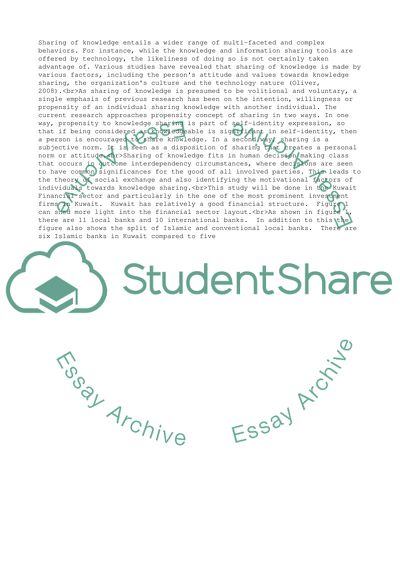Cite this document
(Knolege sharing Essay Example | Topics and Well Written Essays - 3750 words, n.d.)
Knolege sharing Essay Example | Topics and Well Written Essays - 3750 words. https://studentshare.org/finance-accounting/1822618-knolege-sharing
Knolege sharing Essay Example | Topics and Well Written Essays - 3750 words. https://studentshare.org/finance-accounting/1822618-knolege-sharing
(Knolege Sharing Essay Example | Topics and Well Written Essays - 3750 Words)
Knolege Sharing Essay Example | Topics and Well Written Essays - 3750 Words. https://studentshare.org/finance-accounting/1822618-knolege-sharing.
Knolege Sharing Essay Example | Topics and Well Written Essays - 3750 Words. https://studentshare.org/finance-accounting/1822618-knolege-sharing.
“Knolege Sharing Essay Example | Topics and Well Written Essays - 3750 Words”. https://studentshare.org/finance-accounting/1822618-knolege-sharing.


